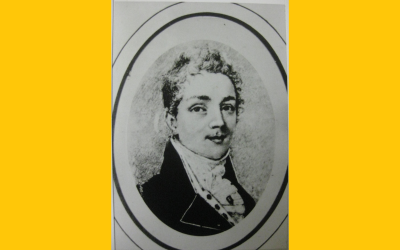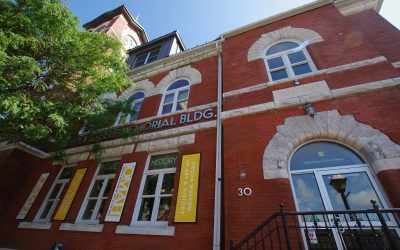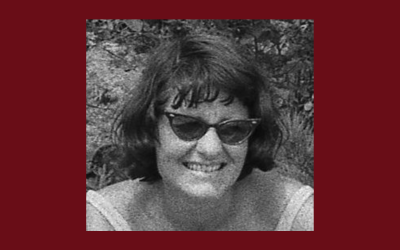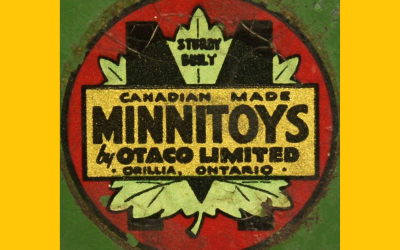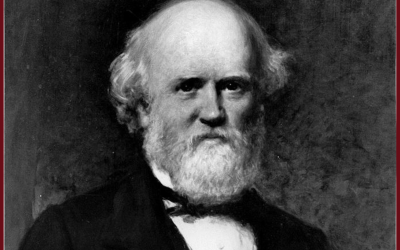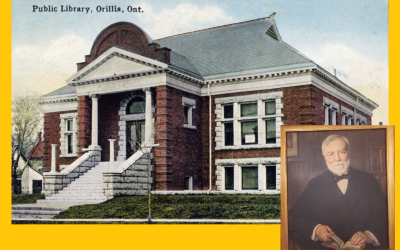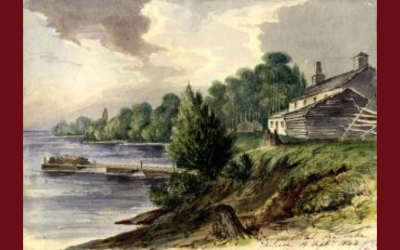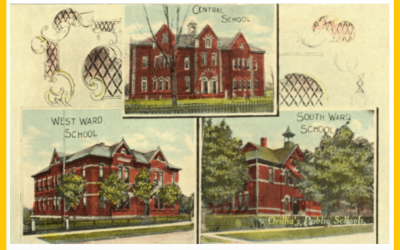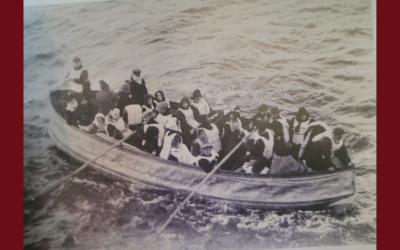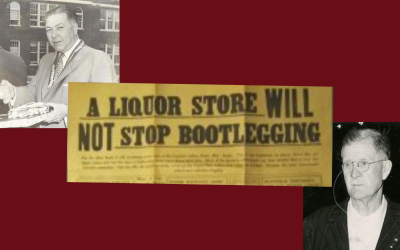Publications
These publications have been written and contributed by OMAH’s History Committee. The committee publishes an article every two weeks in the “Muse News” which goes out to OMAH members. If you would like to see more content like this, become a member to receive one of the committee’s fascinating articles with your newsletter every two weeks. If you would like to get involved with the committee, reach out to the History Programming Coordinator.
Elmes Yelverton Steele and the Napoleonic Wars
By Fred Blair OMAH History CommitteeIn 1798, Elmes Yelverton Steele joined the Royal Navy in England as an officer cadet. In 1799, the British acquired intelligence that Napoleon had commissioned four Spanish vessels to transport over twelve million pounds sterling...
THE HISTORY OF OMAH’S CLOCKTOWER
By Mary Ann Grant – OMAH History CommitteeWhat’s going on?? If you have been by OMAH recently you will have noticed the scaffolding installed on the building and the work underway. The Sir Sam Steele Memorial Building, specifically the clock tower, is getting some...
WENDY HUTCHINGS – TRIBUTE
Wendy Hutchings – Tribute by Mary Ann Grant - OMAH History Committee The Orillia Museum of Art & History believes that it is important to acknowledge its supporters, those who have made a contribution to the culture of our community and to keeping our local...
Brief History of OTACO
R.W. Phelps was born on January 14, 1888 in Iowa. He ultimately graduated as an Industrial Engineer. Early in his career he caught the attention of A.G. Bush who had a small company that manufactured one-cylinder engines that were used for farm and industrial...
John Ramsay and the Oro Settlers from Islay
By Fred Blair, OMAH History Committee John Ramsay grew up in Glasgow, Scotland. In 1836, at the age of 22, he obtained a lease on the struggling Port Ellen whisky distillery on the Island of Islay in Argyllshire, Scotland. In order to export whisky to the United...
Our Carnegie Library
By Mary Ann Grant, OMAH History Committee Did you know that Orillia’s first official Public Library was a gift from American philanthropist Andrew Carnegie? Andrew Carnegie was responsible for funding the building of libraries worldwide. The extent of the benefits...
HODGES’ LANDING: A BRIEF HISTORY
By Fred Blair The “Historic Hawkestone” plaque, located at 375 11th Line South, Hawkestone, recorded that “Richard Hodges established a landing for settlers” on Lake Simcoe in the 1830s in the community that is now known as Hawkestone. However, land records indicate...
EARLY EDUCATION IN ORILLIA
By Trish Crowe-Grande, OMAH History Committee Chair In December 2021, it was announced that Orillia would have a new elementary school in 2024 to address the quickly growing area of West Ridge. As Orillia’s population continues to grow, it is a good time to reflect...
Arthur Peuchen, Canadian Survivor of the Sinking of the Titanic
By Dave Osborne, OMAH member It was 110 years ago this April 15 that the Titanic infamously sank. One of the survivors of that night had ties to Orillia and Simcoe County. Major Arthur Godfrey Peuchen was one of the First-Class passengers on the Titanic...
Booze! Orillia’s Struggle with Drunkenness
by David Town What! No Beer?In 1908 a binding referendum in Orillia outlawed the sale of all alcohol. It was the culmination of a 50-year campaign to “civilize” the town and reduce the violence, crime and domestic hardship that followed drunkenness. For the next 40...
Address
HOURS:
TUESDAY: 11 AM - 4 PM
WEDNESDAY: 11 AM - 4 PM
THURSDAY: 11 AM - 4 PM
FRIDAY: 11 AM - 4 PM
SATURDAY: 11 AM - 4 PM
SUNDAY: CLOSED
MONDAY: CLOSED
Follow
Land Acknowledgement
The Orillia Museum of Art & History is located on the traditional territory of the Anishnaabeg. The Anishinaabeg include the Ojibwe, Odawa, and Pottawatomi nations, collectively known as the Three Fires Confederacy. We respect and observe the long and enduring presence of Indigenous Peoples – First Nations, Metis and Inuit – on this land. Their teachings and stewardship, culture and way of life have shaped our City’s unique identity.
In acknowledging that we occupy colonized Indigenous territories, and out of respect for the rights of Indigenous people, we accept our collective responsibility to recognize our colonial histories as well as their present-day manifestations in order to honour, protect, and sustain this land.

